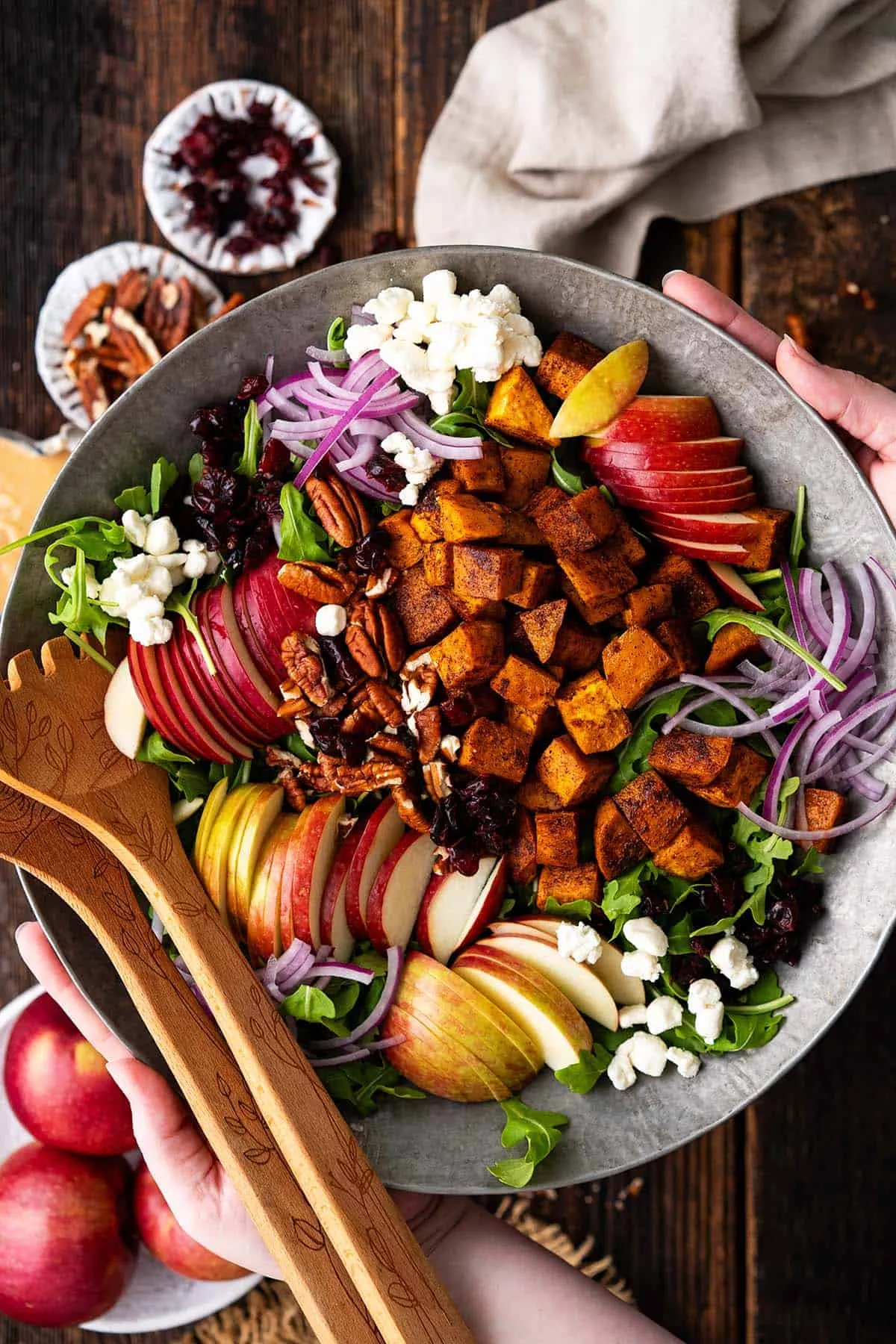As kids, most of us hated eating our vegetables. As we grew older, we acknowledged the importance of vegetables and through years of experimentation, started enjoying the taste. But there are still many among us who do not consume enough veggies. Many of us simply don’t have the time to prepare them properly. A 2021 Veggie Tracker survey revealed that a quarter of Americans discard produce due to spoilage, and even among those who try to eat vegetables, only a third of their meals contain them.
This shortfall poses a serious health concern. Extensive research underscores the vital role of vegetables in overall well-being. They provide essential energy and significantly reduce the risk of chronic diseases. Let’s examine the consequences of insufficient vegetable intake and explore practical strategies to boost consumption.
The Impact of Vegetable Deficiency
While occasional vegetable avoidance may seem harmless, consistent neglect can lead to nutritional gaps. “Vegetables are packed with dietary fiber, vitamin C, potassium, carotenoids, and antioxidants,” explains Stephanie Wells, MS, RD, ACSM-CPT, founder of Thyme to Go Vegan Nutrition Services.
Antioxidants combat cell damage from free radicals, crucial for preventing diseases like cancer and heart disease. Fiber supports digestive health, and vitamin C is essential for immune function. “Without vegetables, and especially if fruit intake is low, maintaining adequate vitamin C and fiber levels becomes difficult,” Wells adds. This can disrupt gut health and increase inflammation.
Furthermore, vegetable consumption correlates with improved mental well-being. A 2021 study involving 24,000 participants suggested that regular mushroom consumption might reduce depression risk. “Mushrooms are a top source of ergothioneine, an anti-inflammatory amino acid,” stated lead researcher Djibril Ba. “Elevated levels of this compound may mitigate oxidative stress, a factor in depression.”
While fruit offers similar nutrients, prioritizing vegetables is key.
7 Practical Tips to Increase Your Vegetable Intake
Here are seven effective strategies to incorporate more vegetables into your diet:
- Blend into Sauces: Overcome texture or taste issues by blending cooked vegetables like tomatoes, bell peppers, carrots, and onions into pasta sauces. Creamy sauces can also be made from cannellini beans or chickpeas.
- Smoothie Integration: Mask mild-flavored vegetables like spinach or steamed cauliflower in fruit smoothies. This allows for nutrient intake without overpowering the fruity taste.
- Gradual Introduction: Start with small portions and gradually increase intake to avoid feeling overwhelmed. A side salad is a good starting point.
- Mixed Dishes: Incorporate vegetables into stir-fries, soups, and burrito bowls, where flavors blend seamlessly.
- Frozen Alternatives: Combat spoilage by opting for frozen vegetables. Pre-sliced options also reduce prep time.
- Roasting or Air-Frying: Enhance flavor and texture by roasting or air-frying instead of boiling. This can make vegetables more palatable.
- Hidden in Desserts: Sneak vegetables into desserts like carrot cake, zucchini bread, or black bean brownies. Savory muffins with zucchini and carrots are another option.
By implementing these strategies, you can effectively increase your vegetable intake and reap the associated health benefits.
Takeaway
So, ditch the childhood veggie-phobia and embrace the green! Think of it less as a chore and more as a delicious, nutrient-packed adventure. After all, who knew hiding spinach in your smoothie could turn you into a superhero, or that a roasted broccoli floret could be tastier than a potato chip? With a little creativity and a dash of culinary cunning, those forgotten veggies languishing in your fridge can transform into the vibrant, life-enhancing fuel your body craves. Let’s face it, your taste buds (and your future self) will thank you for it. Now, go forth and conquer that produce aisle – your inner rabbit is waiting!
Source:
Here’s What Happens to Your Body if You Don’t Eat Any Vegetables











